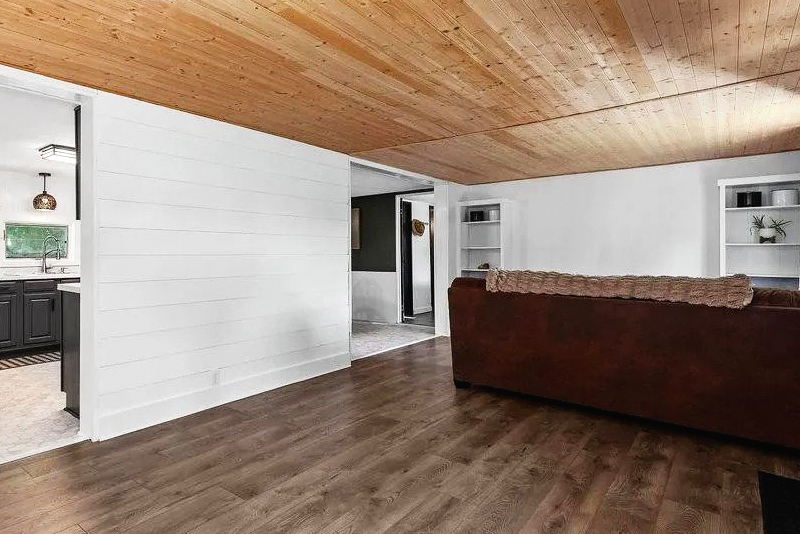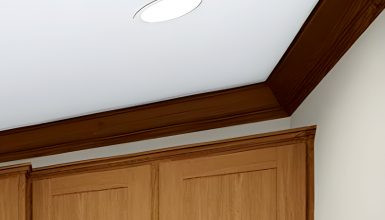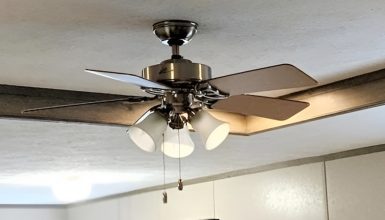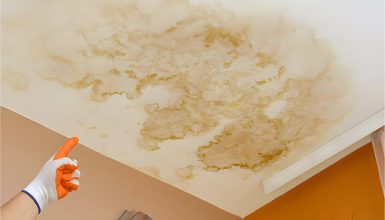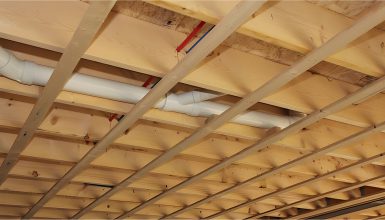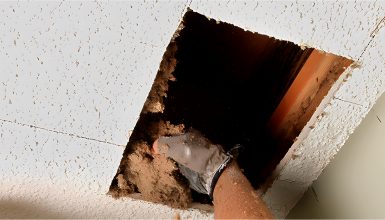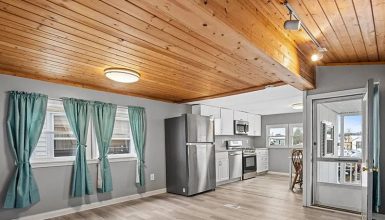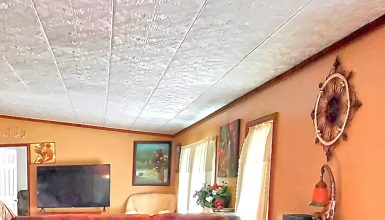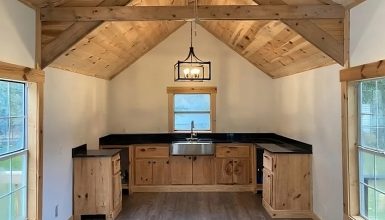Have you noticed your mobile home’s ceiling dipping or drooping lately? Please don’t ignore it! A sagging ceiling can indicate a serious structural problem that needs to repair. This article will give you the lowdown on a sagging ceiling, the warning signs to look out for, and the steps you can take to fix it. Let’s get started!
Signs of a Sagging Ceiling
A sagging ceiling can cause many problems, so it’s essential to know the signs. Here are some red flags to look out for:
- Dips
Dips are the most obvious sign of a sagging ceiling. If you see the ceiling dipping or drooping, it indicates that something’s not right.
- Cracks
Cracks in the drywall or other materials can signify a sagging ceiling. Keep an eye out for cracks that run vertically along the ceiling or walls.
- Bulges
If you notice bulges or protrusions in the ceiling, it could signify a sagging roof. It is because the weight of the top is no longer evenly distributed.
- Sagging Doors or Windows
If you have doors or windows that are sagging or warped, it could be a sign of a problem with your ceiling. The ceiling supports the weight of your home, so if it’s sagging, it can cause other parts of your home to warp.
If you notice any of these warning signs, don’t ignore them! A sagging ceiling can indicate a severe structural issue that needs to fix as soon as possible.
Causes of a Sagging Ceiling
There can be several reasons your mobile home’s ceiling is sagging, and it’s essential to identify the root cause so you can fix the problem effectively. Here are some common causes:
- Improper Installation or Support
If your mobile home’s ceiling wasn’t assembled or supported correctly, it could cause the top to sag over time. It is especially true if the roof is heavy.
- Moisture Damage
Leaks or high humidity levels can cause moisture damage to your ceiling, which can weaken the structure and cause it to sag.
- Overloading
If you put too much weight on your ceiling, it can cause it to sag. It can be anything from heavy roof materials to additional layers of roofing.
- Age and Wear and Tear
Just like anything else, the structure of your mobile home can weaken over time, especially if exposed to the elements. It can cause the ceiling to sag.
It’s essential to identify the cause of your sagging ceiling so you can fix the problem correctly. Don’t assume that just because one cause is common, it’s the cause of your problem. Get a professional to inspect your home to identify the root cause of your sagging ceiling.
How to Fix a Sagging Ceiling in a Mobile home
Fixing a sagging ceiling in your mobile home requires a bit of work, but it’s worth it to improve the structural integrity of your home and prevent further damage. Here’s what you need to do:
First things first: safety. Grab those goggles and gloves, folks. You don’t want any dust or debris in your eyes, and you don’t want any nasty splinters.
Step 1
Now, let’s tackle that sag. Start by locating the sagging area. Give it a little push. Does it bounce back? If it does, it’s probably just the ceiling panel coming unglued from the ceiling joist. No biggie!
Step 2
Here’s the fix: grab some construction adhesive. This stuff’s a lifesaver. It’ll stick your ceiling panel back to the joist and keep it there. Apply it to the back of the panel, then push the panel back up until it sticks. You might need a brace to hold it in place while the glue dries. A broom handle works great for this!
Step 3
But what if your ceiling doesn’t bounce back? If it’s soft and squishy, you could have water damage. You’ll need to replace the damaged section. Start by removing the trim around the damaged area. Then, cut out the bad stuff. Remember, always cut out a bit more than you think. You want to ensure you remove all the damp, moldy material.
Step 4
Next, cut a new piece of ceiling panel to fit the hole. Apply some handy construction adhesive to the back, then stick it in place. Again, you’ll need a brace to hold it up while the glue dries.
Step 5
Once the glue’s dry, apply some joint compound over the seams. This will repair the blend into the rest of the ceiling. Sand it smooth, then paints over it. And voila! Good as new.
Remember, fixing a sagging ceiling can be a DIY job. But if it’s a big sag, or if you’re unsure, call in a pro. It’s always better to be safe than sorry. Happy fixing!
Cost to Repair Sagging Ceiling in a Mobile Home
The cost of repairing a sagging ceiling in a mobile home can vary widely depending on the extent of the damage and the required repairs. On average, you can expect to pay anywhere from $500 to $5,000.
Some factors that can impact the cost include the size of the affected area, the type of materials that need to be replaced or reinforced, and the labor cost. And whether you need to hire a professional to inspect your home and determine the cause of the sagging.
Conclusion
Fixing a sagging ceiling in your mobile home requires some effort, but it’s crucial for the structural integrity of your home. If you’re unsure about any aspect of the process, don’t hesitate to get professional help. They’ll be able to guide you through the process and ensure that your sagging ceiling is fixed correctly.

